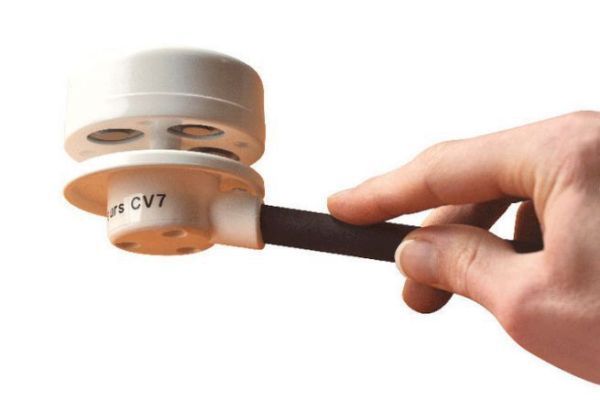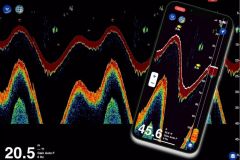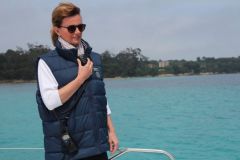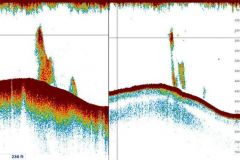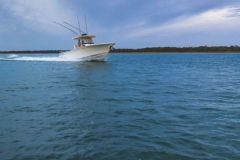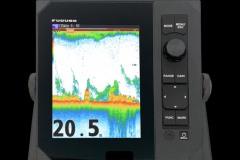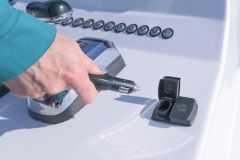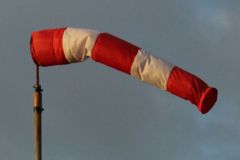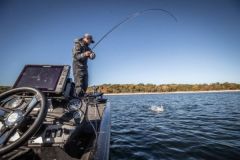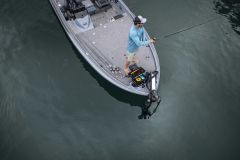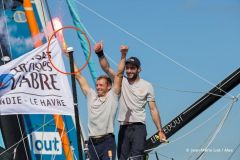Lcj capteurs has made a speciality of its own: the ultrasonic wind vane anemometer. On a traditional wind vane, the wind direction is measured by a blade that is positioned in the wind bed. It indicates the direction. A wheel equipped with buckets (usually 3) turns to measure the wind speed.
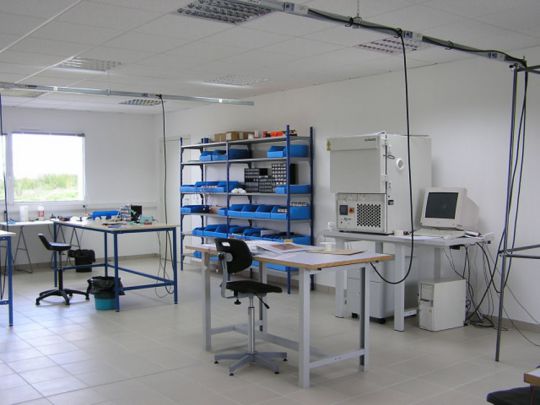
With sensors manufactured by LCJ, there are no moving parts. It is an ultrasonic measurement that gives both wind direction and speed. Thus the sensor is not subject to wear and tear and the speed and direction always remain calibrated. After 15 years on the market, LCJ Capteurs now finds that the first models are still working.
All manufacturing is carried out in the Nantes region. Directly in the LCJ workshops for the electronic assembly and test part. The plastic parts are moulded less than 50 km from the workshop. 100% local production.
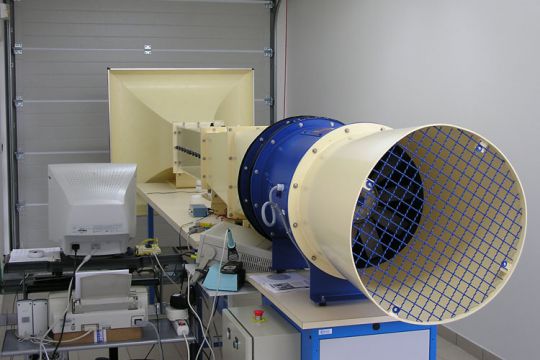
To check the accuracy of the sensors and to calibrate them perfectly, each one is tested in a wind tunnel at all wind angles. In addition, the sensors are tested in a climatic chamber from -15°C to +55°C.
Lcj capteurs gives priority to the calculation of the wind angle. Their windvanes are highly responsive to the movements of the boat, and also more accurate. Unlike mechanical sensors, which are strongly affected by the boat's movements (especially at the masthead of a sailboat), this problem is not found with ultrasonic sensors. If the reading must always be filtered, it is with less inconvenience.
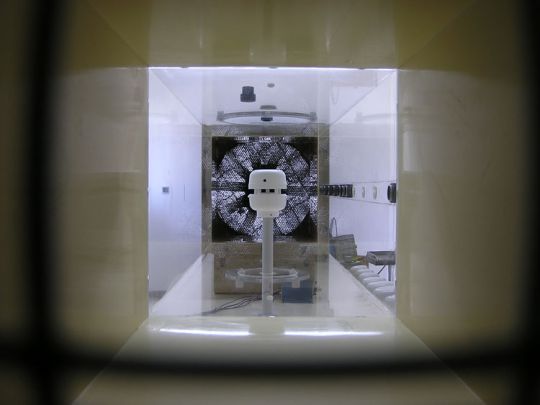
After encountering problems of water stagnation on the ultrasonic emitters of the first models (CV3F), which hindered the measurement of ultrasound, LCJ Capteurs designed the new version, called CV7, which solves this difficulty and proves to be very efficient. This sensor fits on all power plants on the market by communicating in NMEA 183 with the possibility of adapting a box that converts the signal to NMEA 2000. The transmission at 4800 bauds to the control unit offers reaction times of 800 ms. For example, if the sensor is subjected to 180°, it takes only 800 ms to display the new value. This hyperactivity is particularly appreciated when navigating under autopilot, which can then react quickly on the helm.
Now that the product is well developed and no longer poses a problem, new developments are underway to create a self-contained wireless weather vane. To be continued..
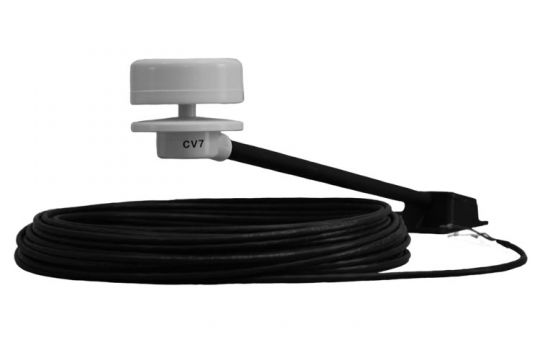
Lcj capteurs is distributed in France by Furuno
CV7 Inclined arm ultrasonic wind vane anemometer sensor: 636 euros
